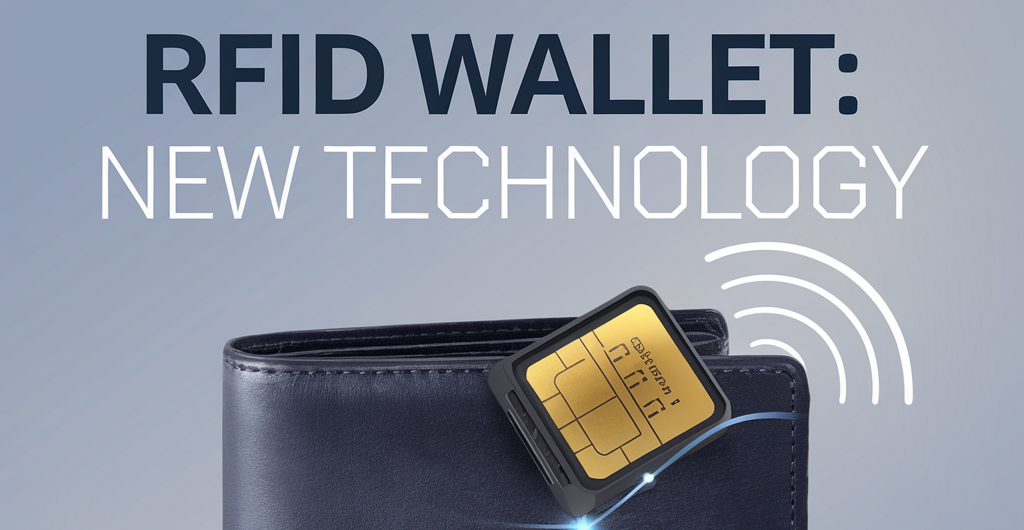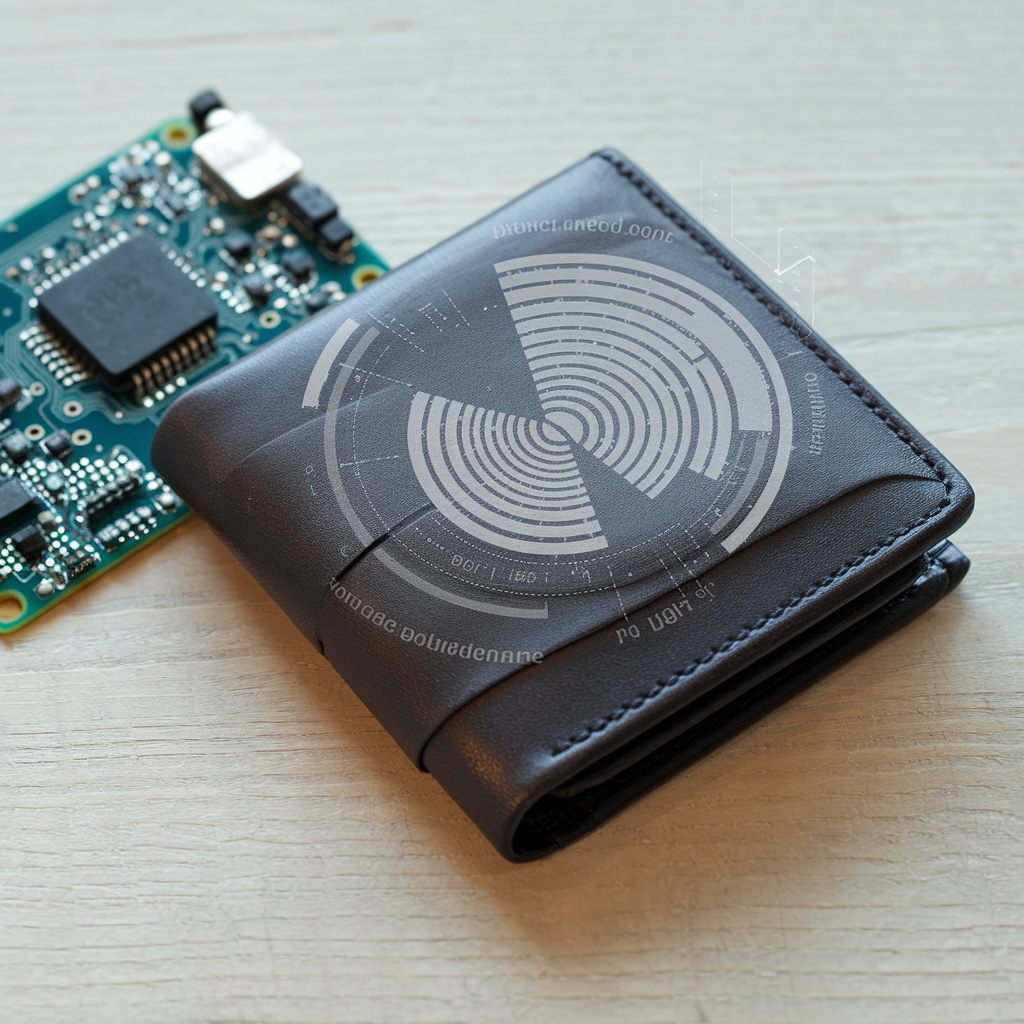Need help? Call us:
+917439005762

The Evolution of RFID Technology and How Modern Wallets Offer RFID Protection
In today’s increasingly digital surroundings, the word RFID has become an important part of discussions concerning security, convenience, and privacy. RFID, or Radio Frequency Identification, is a technology that has transformed businesses and altered our interactions with common products. However, enormous power brings great responsibility—and risk. Let’s look at the evolution of RFID technology, from its birth to present uses, and how new-age wallets are designed to mitigate the hazards linked to RFID skimming.
The Birth of RFID Technology
RFID technology initially emerged during World War II to identify friendly planes. The concept evolved into a more complex identification and tracking system in the 1970s, resulting in the creation of the first contemporary RFID tags. These lightweight gadgets employ electromagnetic fields to transport data, typically via radio waves, making them suitable for a variety of applications.
By the 1990s, RFID technology had spread to commercial industries. It gained widespread usage in supply chain management, inventory monitoring, access control systems, and payment systems. As technology improved, RFID chips were shrunk and put into credit cards, passports, and proof of identity, bringing in a new era of convenience.
How RFID Works
An RFID system comprises three main components:
- RFID Tag or Chip: Contains a microchip and antenna to store and transmit data.
- Reader or Scanner: Emits radio waves to detect and read the information stored in the tag.
- Database: Processes and stores the information received from the reader.
The data is transmitted wirelessly, usually within a few centimeters to several meters, depending on the type of RFID chip. RFID has become a crucial component of modern life thanks to its seamless and simple function.
The Risk of RFID Skimming
Despite its many benefits, RFID technology raises security issues. Cybercriminals uses a technique called RFID skimming to steal private information from devices that have RFID functionality. Without the victim’s knowledge, fraudsters can intercept information from ID cards, passports, and credit cards using a handheld scanner. Identity theft, illegal transactions, and large financial losses might come from this.
Enter RFID-Blocking Wallets
RFID-blocking wallets have evolved from the emergence of RFID skimming issues. By protecting RFID-enabled cards from illegal scans, these wallets give consumers an extra degree of security. Let’s review the main traits and advantages today’s RFID-protected wallets:
1. Material Composition
Layers of metal or conductive materials, including carbon fiber or aluminum, are frequently observed in RFID-blocking wallets. By disturbing and restricting electromagnetic fields, these materials produce a Faraday cage effect that stops RFID signals from going to the cards within.
2. Slim and Stylish Designs
The days of large, ugly items being associated with security are obsolete. Modern RFID-blocking wallets are fashionable light, and come in a range of patterns, hues, and materials. Users can choose wallets that complement their style without renouncing usefulness, whether they are made of leather or synthetic materials.
3. Compatibility with Modern Needs
In addition to credit cards, passports, permits for drivers, and even smart keys can be kept in modern wallets. Certain advanced models include modular designs that let users adjust the compartments to meet their need.
Additional Measures for Enhanced Security
Although RFID-blocking wallets are an excellent barrier against skimming, consumers may further protect their data by:
- Use Contactless Payment Apps: Digital wallets like Apple Pay or Google Pay encrypt transactions, reducing the need to carry physical cards.
- Monitor Bank Statements: Regularly check for unauthorized transactions and report suspicious activity immediately.
- Be Aware of Surroundings: Avoid using RFID-enabled cards in crowded places where skimming is more likely to occur.
The Future of RFID Technology and Wallet Security
As technology grows, cybercriminals’ tactics also develop. Yet the sector is reacting with creative fixes. With even more security and convenience, smart wallets with GPS tracking, biometric authentication, and advanced encryption are growing in demand.
As RFID technology advances, new standards are being created that will enhance data encryption and lessen risks. To protect consumer information, agencies and governments are also enforcing more stringent constraints.
Conclusion
Without a question, RFID technology has improved our lives by offering efficiency and ease in a variety of fields. But implementing it also calls for proactive measures to safeguard private data. A useful and fashionable answer to this problem is the emergence of RFID-blocking wallets, which allows users to take use of RFID without sacrificing security.
We can confidently welcome technology’s future if we remain aware and make investments in security. Whether you’re a tech enthusiast, frequent traveler, or just someone who appreciates security, an RFID-blocking wallet is a vital piece of the present day gear.


